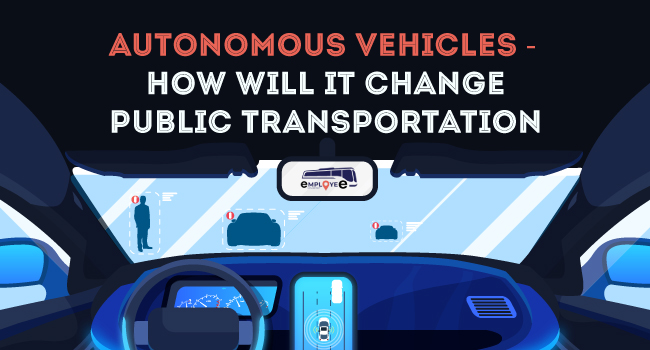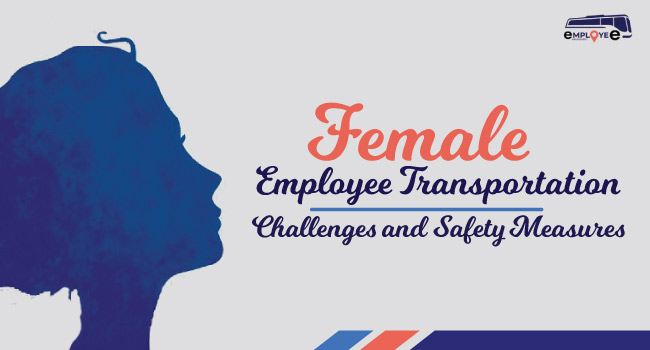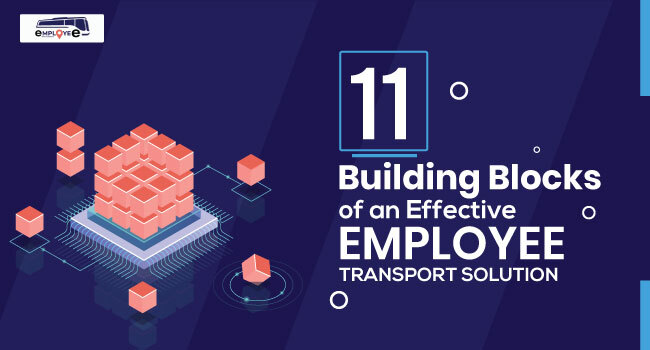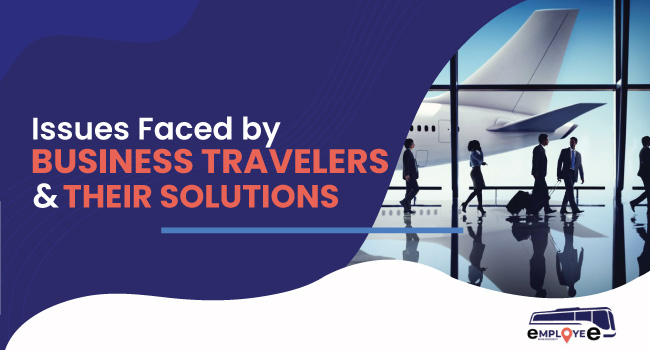Autonomous Vehicles – How Will It Change Public Transportation
February 17th, 2022

It is said that autonomous vehicles are the future of transportation. There won’t be much time before autonomous vehicles take on the road and become a part of public transportation.
However, there is concern that it might lead to road congestion as more and more people resort to riding them. On the other hand, if they are used for public transport then autonomous vehicles can solve every bit of traffic problems that ever existed.
Using autonomous driving for public transport is not only cost efficient but also a way to avoid mishaps like harsh driving or inefficient fuel usage.
Autonomous vehicles are inevitably going to change a lot of things for everyone around. Here are some things that will happen when autonomous vehicles take over public transportation:
1. Less Traffic
While a few people argue that it might increase traffic, many believe that it will solve all traffic problems.
Even buses and trucks will work on the technology and will completely take road accidents out of the picture. It will also reduce traffic congestion because the vehicles will be able to drive side by side, without dashing into one another.
And apparently, since computers are better drivers than humans and are more systematic too, there won’t be random fights because one wasn’t driving well.
It is excellent news for the government since they’ll cover up the one percent gross domestic profit they lose because of traffic.
2. Shift in Ownership Model
A likely ownership model that might come along with the entry of autonomous vehicles is shared ownership model. Multiple people will own the same autonomous vehicle and will replace the private ownership model.
However, you can’t be confident enough that this will happen because every person who can afford will try to own an autonomous vehicle exclusively. This is where the government might need to step in and start some tax rebate for people sharing cars.
3. No More Driving Long Distances
Remember the time you drove for six hours straight and couldn’t feel your legs after getting out of the car?
Well, once autonomous vehicles are a reality, you wouldn’t have to worry about that. You can eat, watch movies, or sleep while the self-driving car takes you to your destination.
Also, it will cover a six-hour distance much faster than you, so you end up saving a lot of time.
4. Maybe an Urban Nightmare
It can be an urban nightmare if every family buys an autonomous car and go around shopping and on trips, it will only cause traffic congestion.
Since these vehicles will be electronics, it will cost a lot lower than fuel-based cars. People won’t have to spend money on refilling gasoline. All they will need to do is charge it overnight and they’ll be good to travel around.
The cost comes down a lot and is a one-time investment. People will be ready to put money at once. If anything goes as the situation described, then traffic will increase by 25 percent than right now.
5. Will Not be a Supplement
Autonomous vehicles aren’t a replacement for traffic congestion because it wouldn’t change much. More and more people will switch to autonomous vehicles for its low cost.
However, one can confidently say that self-driving cars will significantly reduce road accidents and increase safety.
Governments should start supplementing with autonomous vehicles at public transportation level. But they can’t expect that it will be a solution to all their traffic problems.
6. Combination of Sharing Services
Apart from sharing ownership of autonomous cars, ride-sharing like Uber and car-sharing scheme will take over the majority of the road. People won’t find it necessary to own a car when services like ride-sharing cost a lot lower than it does now.
What do Experts Think About Autonomous Vehicles
Christy Wegener, planning and operations director, LAVTA, feels that no one exactly knows the future. People are making assumptions and developing theories as they experiment and find new things.
They are as unknown to the technology as everyone else. Wegener said that there is fixed roadmap or tutorial to do it, so unless it is a reality, nothing much can’t be talked about it.
However, Wegener is confident about taking risks, and she praised the head of LAVTA for going ahead with the idea.
Government’s Take on It
One of the reasons LAVTA hasn’t tested its autonomous vehicle technology on the roads if because the federal government hasn’t given them the authority to do so.
Along with LAVTA, many other companies are stuck in the same situation including CCTA. They are waiting for the US House Subcommittee on Highways and Transit to give them the approval.
Both companies only have two options. One is getting a waiver from the US Department of Transportation National Highway Traffic Safety Administration.
Other is they don’t need any waiver to do so. Just recently, the House Digital Commerce and Consumer Protection subcommittee announced that they pushed the US government to clear the guidelines as that would permit driverless vehicles to debut on the road.
In the end, as common people, we all are very excited about watching this new technology development. As millennials, we’ve seen the internet become a reality, watched a Nokia phone grow into a full-screen touch smartphone, and now autonomous vehicles.
Public transit is every city’s backbone and developing it gives everyone an opportunity to experience science at its best.
Final Thoughts
In conclusion, the technology is going to be sustainable, beneficial to the national economy, and a significant step towards the limitless future.





